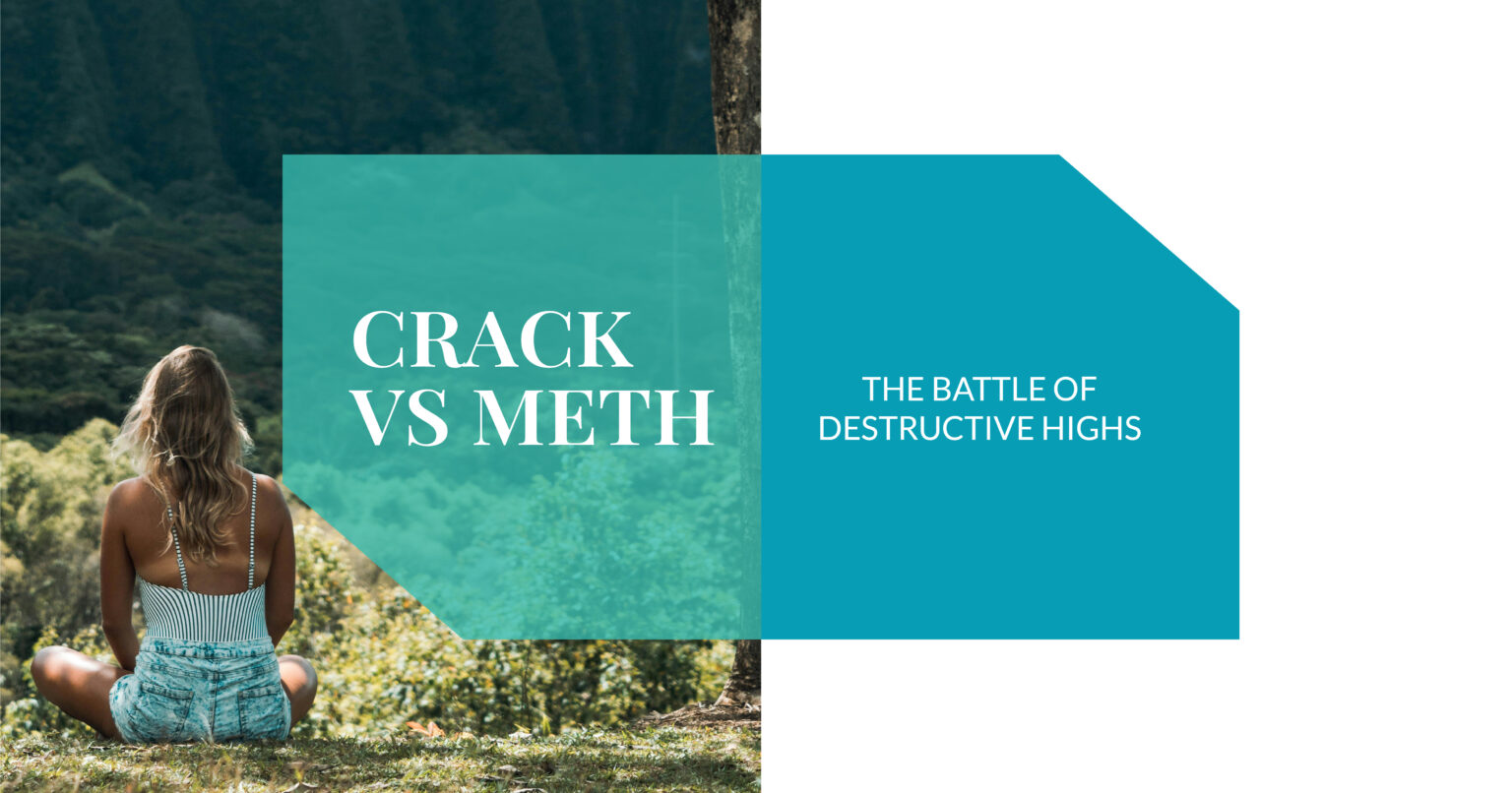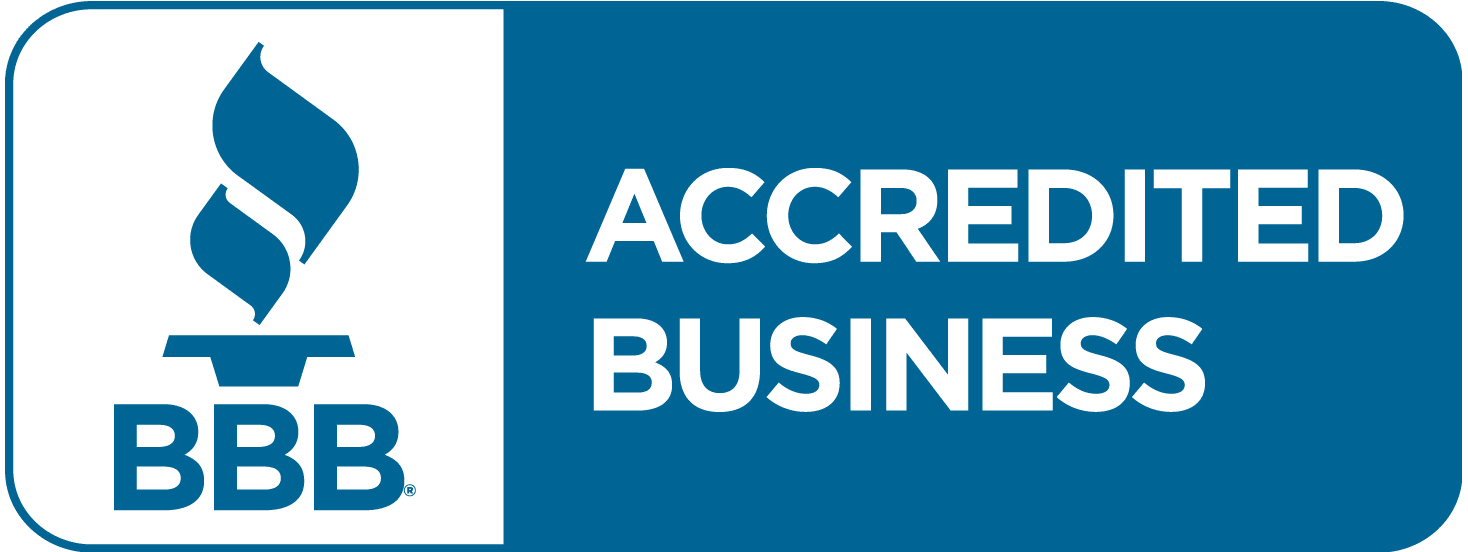Throughout human history, those who challenge established norms and disrupt the status quo have played a pivotal role in shaping societies, cultures, and even revolutions. While stirring things up can sometimes be a force for good—leading to innovation, social progress, and the questioning of outdated traditions—constant provocation can also result in unpredictability, conflict, and even long-term harm. The archetype of the troublemaker, someone who deliberately seeks to incite or agitate, is not always easy to recognize. Many such individuals are adept at manipulation, often operating from the shadows and influencing events without drawing direct attention to themselves.
In this comprehensive guide, we’ll explore the complex psychology behind provocative behavior, analyze the defining traits of agitators, and share actionable strategies for managing troublemakers in both personal and professional settings. By understanding what drives a provocateur, you can protect yourself and others from their negative influence, while also recognizing the circumstances in which a little disruption might be exactly what’s needed for growth and positive change.
What Is Provocation?
Provocation is typically defined as an action or statement designed to elicit a strong emotional reaction—often anger, frustration, or distress—in another person or group. While it’s easy to associate provocation with negativity, not all provocateurs are malicious. In some cases, leaders use provocative tactics to inspire creativity, challenge complacency, and encourage their teams to think outside the box. However, when provocation crosses the line into intimidation, manipulation, or harassment, it becomes crucial to address and stop this behavior before it escalates.
In our interconnected world, deliberate provocation manifests in various contexts—from personal relationships and workplace dynamics to political discourse and social movements. While agitation can sometimes serve as a catalyst for positive transformation, unchecked provocation can also sow discord, harm mental well-being, and derail progress. Recognizing the fine line between constructive and destructive provocation is essential for maintaining healthy boundaries and relationships.
Reasons People Provoke Others
Understanding the motivations behind provocative behavior is key to addressing it effectively. People may become instigators for a variety of reasons, each rooted in distinct psychological or situational factors:
- Arouse Action: Many individuals resist change, preferring the safety and comfort of routine. A provocateur may deliberately challenge the status quo to spark new ideas, drive innovation, or encourage others to take action on important issues. Sometimes, a well-timed disruption can break the cycle of complacency and propel a group forward.
- Attract Attention: Feeling overlooked or unheard can motivate someone to act out. Children and teenagers, for instance, may misbehave to capture the attention of parents or teachers. In adult settings, troublemakers might disrupt meetings or conversations to ensure their voice is acknowledged.
- Gain Power: Power dynamics are a common driver of provocation. Some agitators seek to manipulate situations for personal gain, exploiting conflicts to assert dominance or undermine rivals. By creating division, they may position themselves as indispensable or influential within a group.
- Express Frustration: Sometimes, provocation is a means of venting frustration or dissatisfaction. When individuals feel powerless or marginalized, they might resort to disruptive tactics as a form of protest or self-expression.
- Test Boundaries: Particularly in new or uncertain environments, people may provoke others to see how much they can get away with or to establish their place within a social hierarchy.
Negative Effects of Provocation
While some degree of agitation can be healthy, persistent or malicious provocation often leads to a host of negative consequences. Understanding these risks can help individuals and organizations create environments that discourage destructive behavior:
- Causing Conflict: Provocative statements or actions can escalate tensions, resulting in arguments, broken relationships, or even violence. Whether the target is an individual or a community, the fallout from unresolved disputes can be significant.
- Damaging Mental Health: Exposure to verbal aggression and manipulation can erode self-esteem, increase anxiety, and contribute to depression. According to research published by the American Psychological Association, victims of persistent provocation may experience long-lasting psychological effects.
- Stalling Progress: Teams and organizations can become mired in internal crises triggered by troublemakers. Rather than moving forward, energy is diverted into managing disputes and repairing relationships, which can ultimately lead to lost productivity and financial setbacks.
- Eroding Trust: Repeated provocation can undermine trust within groups, making collaboration and effective communication difficult. Once trust is lost, rebuilding it requires considerable time and effort.
- Alienating Key Contributors: High-performing individuals may choose to leave toxic environments where provocation is rampant, resulting in a loss of talent and institutional knowledge.
Key Traits of a Troublemaker
Identifying a troublemaker early can help you minimize their impact. While not all provocateurs are alike, many share certain personality traits and behavioral patterns:
- Charismatic and Passionate: Troublemakers often possess a magnetic personality. Their passion can inspire others, making it easier for them to rally support for their ideas—even when those ideas are disruptive or controversial.
- Manipulative: Skilled agitators are adept at twisting facts, playing the victim, or shifting blame. They may use deceit or emotional appeals to achieve their goals, often leaving others feeling confused or guilty.
- Creative and Unpredictable: Many troublemakers are innovative thinkers, capable of devising novel strategies for stirring up discord. Their unpredictability can make it challenging to anticipate their next move, keeping others off-balance.
- Resistant to Feedback: A hallmark of the provocateur is an unwillingness to consider alternative perspectives. They may dismiss criticism or feedback, doubling down on their beliefs and tactics.
- Attention-Seeking: Whether overtly or covertly, troublemakers crave recognition. Their actions are often calculated to ensure they remain the center of attention, even if it means disrupting harmony.
How to Deal With a Provocateur
Managing a troublemaker requires a blend of empathy, assertiveness, and strategic thinking. Here are proven strategies for mitigating the influence of provocateurs in any setting:
- Identify the Agitator: Pay close attention to patterns of behavior. Is the same individual frequently at the center of disputes or disruptions? Understanding their motives—whether it’s a desire for power, attention, or genuine reform—can inform your response.
- Remain Calm: Provocateurs thrive on emotional reactions. Maintain your composure, even when provoked. Take a step back if needed, and avoid making decisions in the heat of the moment. Mindfulness and stress management techniques can help you stay grounded.
- Listen and Validate (Within Limits): Sometimes, the agitator may have a legitimate point. Give them an opportunity to express their concerns, but set clear boundaries to prevent manipulative or abusive behavior. Active listening can defuse tension and open the door to constructive dialogue.
- Set Boundaries: If you’re the target of persistent provocation, assert your limits respectfully but firmly. Let the troublemaker know which behaviors are unacceptable and outline the consequences for crossing those boundaries.
- Focus on Conflict Resolution: When disputes arise, address them promptly. Facilitate open discussions, encourage all parties to share their perspectives, and work toward a mutually agreeable solution. Consider involving a neutral mediator if necessary.
Should You Embrace the Troublemaker Mindset?
While the term “troublemaker” often carries a negative connotation, adopting some aspects of this mindset can be beneficial—especially in environments that value innovation and critical thinking. Here’s how a little constructive agitation can lead to positive outcomes:
- Promotes Creativity: Challenging conventional wisdom can lead to breakthrough ideas. Many of history’s greatest innovators—from Galileo to Steve Jobs—were seen as agitators in their time. By questioning the status quo, you open yourself to new possibilities and solutions.
- Accelerates Change: If you’re dissatisfied with the current state of affairs, a provocative approach may be necessary to spark meaningful reform. Constructive disruption can shake organizations out of stagnation and inspire collective action.
- Builds Confidence: Speaking your mind, even when it’s unpopular, can enhance your self-esteem and leadership skills. Over time, you’ll become more comfortable with risk-taking and less fearful of dissent.
- Encourages Healthy Debate: Civil, respectful provocation can foster a culture of open dialogue, where diverse perspectives are valued and examined. This is essential for personal growth and organizational resilience.
- Fosters Accountability: By holding others (and yourself) to higher standards, you can drive improvements in performance, ethics, and collaboration.
When Provocation Becomes a Problem
It’s important to recognize when agitation has crossed the line from productive to destructive. Here are some scenarios in which provocation can backfire:
- Straining Personal Relationships: Using provocation as a tool to “fix” or motivate friends and loved ones often leads to resentment and alienation. Compassionate communication is generally more effective for supporting others through change.
- Hindering Professional Growth: In the workplace, constant confrontation with colleagues or management can damage your reputation and limit career advancement. Constructive feedback and respectful dialogue are more likely to yield positive results.
- Endangering Personal Safety: Outspokenness can sometimes put you at risk, especially when challenging powerful interests or entrenched systems. In such cases, discretion and strategic planning are essential for protecting your well-being.
- Legal and Ethical Risks: Some forms of provocation—such as harassment, incitement, or defamation—may have legal consequences. Always be mindful of the boundaries set by law and organizational policies.
- Fueling Toxic Environments: Persistent negativity or divisiveness can erode morale, productivity, and trust, ultimately undermining the success of the group or organization.
The Historical Impact of Agitation
Throughout history, agitators have played crucial roles in driving social, political, and cultural change. While some have been vilified, others are celebrated as heroes. Here are a few notable examples of how provocative individuals have shaped the course of history:
| Name | Era | Contributions |
|---|---|---|
| Socrates | Ancient Greece | Challenged Athenian norms through questioning and debate, laying the foundation for Western philosophy. His methods, known as the Socratic Method, are still used in education and critical thinking today. Learn more about his legacy at Stanford Encyclopedia of Philosophy. |
| Martin Luther King Jr. | 20th Century | Led the American civil rights movement through nonviolent protest and provocative speeches, inspiring legislative and cultural change toward racial equality. |
| Rosa Parks | 20th Century | Her refusal to give up her bus seat became a pivotal act of civil disobedience, sparking the Montgomery Bus Boycott and energizing the fight against segregation. |
| Mahatma Gandhi | 20th Century | Used peaceful resistance and civil disobedience to challenge British colonial rule in India, ultimately leading to independence. His methods inspired future generations of activists globally. |
| Malala Yousafzai | 21st Century | Advocated for girls’ education in Pakistan, surviving an assassination attempt and becoming a global symbol of resistance against oppression. Her activism continues to inspire millions worldwide. |
These individuals demonstrate that while provocation can be risky, it is often the engine behind transformative movements and progress. For a deeper look at the positive and negative impacts of agitation throughout history, explore resources from the History Channel.
Take the Next Step with Opus Treatment
If you or someone you care about is struggling with the effects of provocation—whether as a target or as someone who finds themselves repeatedly stirring conflict—professional support can make a profound difference. At Opus Treatment, we specialize in helping individuals and families navigate complex behavioral challenges, heal from emotional distress, and build healthier communication patterns. Our compassionate team is dedicated to empowering you with the tools and insights needed to foster lasting change. Reach out today to discover how we can support your journey toward balance, understanding, and well-being.
Frequently Asked Questions About Troublemakers and Provocation
What is the difference between healthy and unhealthy provocation?
Healthy provocation encourages growth, innovation, and positive change by challenging complacency in a respectful and constructive manner. Unhealthy provocation, on the other hand, involves manipulation, aggression, or harassment, often leading to conflict, stress, and damaged relationships. Recognizing the intent and impact of provocative behavior is key to determining whether it is beneficial or harmful.
How can you identify a troublemaker in the workplace?
Workplace troublemakers often exhibit patterns such as frequent involvement in conflicts, spreading rumors, undermining colleagues, or resisting feedback. They may seek attention, manipulate situations to their advantage, or consistently challenge authority without offering constructive solutions. Early identification allows organizations to address issues before they escalate. For more on workplace dynamics, visit the Society for Human Resource Management.
What strategies can help in dealing with persistent provocateurs?
Effective strategies include setting clear boundaries, remaining calm, practicing active listening, and involving neutral third parties when necessary. It’s important to focus on facts rather than emotions and to document problematic behavior for reference. In some cases, professional mediation or counseling may be required to resolve ongoing issues.
Can provocation ever be a positive force for change?
Yes, provocation can serve as a catalyst for social, cultural, or organizational change when used responsibly. Constructive agitators challenge outdated practices, spark important conversations, and inspire others to think critically. The key is ensuring that provocation is rooted in respect, empathy, and a genuine desire for improvement.
What are the long-term effects of being exposed to constant provocation?
Chronic exposure to provocation can lead to anxiety, depression, low self-esteem, and strained relationships. It may also contribute to a toxic work or home environment, decreasing overall well-being. Seeking support from mental health professionals, practicing self-care, and building resilience are essential steps for mitigating these effects.










